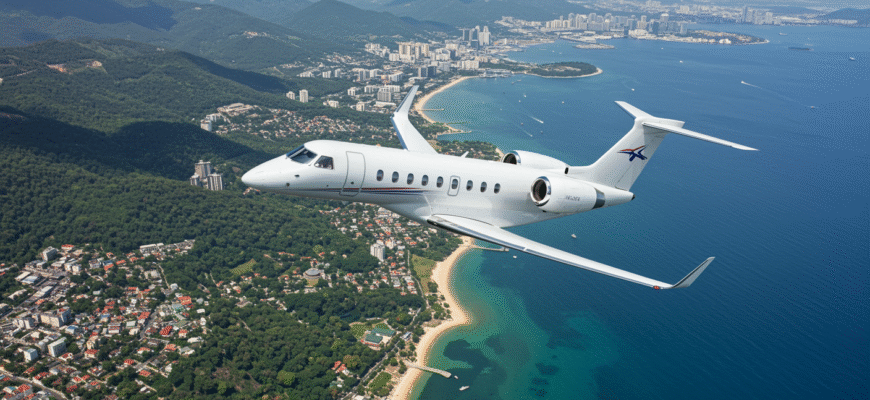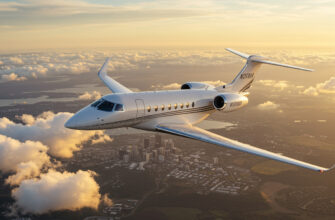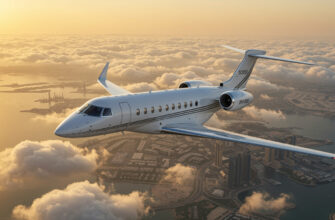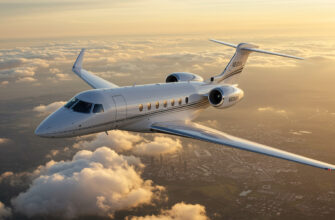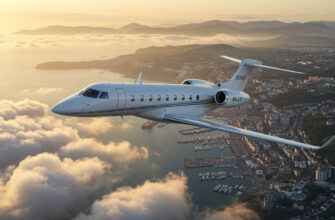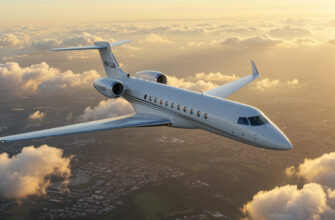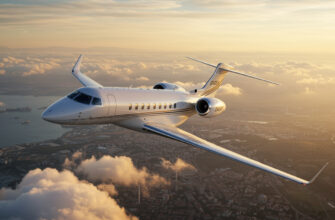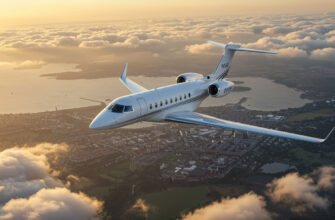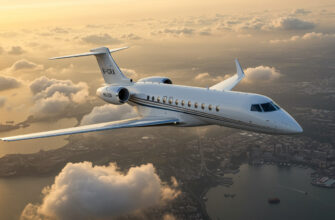Flying private in Vietnam used to sound like something out of a James Bond movie — secret landings, luxury service, and a sky-high price tag. In the current year, it turns out, parts of that fantasy are real (and parts are just really, really expensive). The experience can range from utterly practical to wildly extravagant, depending on how, when, and why you’re flying. Whether you’re escaping the chaos of Tet Festival, jetting in from Singapore for a boardroom showdown, or planning a surprise proposal over Ha Long Bay, timing and aircraft type matter more than ever. For those pricing out a trip for the first time — or just curious what it really costs to charter from San Francisco to Vietnam — here’s the straight-up breakdown. No fluff. No sales pitch. Just how it works on the ground… and in the clouds.
Breaking Down Private Jet Pricing In the current year
Choosing the right jet isn’t just about how many friends you’re bringing. Fuel range, cabin size, and even Vietnam’s often-limited runway lengths all play into what you can fly — and where. If you’re just zipping between Hanoi and Ho Chi Minh City, a light jet ticks the boxes: fast, flexible, and budget-friendlier. Need regional reach? Midsize and super-midsize jets like the Citation Sovereign or Challenger 350 can comfortably handle direct flights from Bangok, Kuala Lumpur, or Singapore. Flying in from Europe or the US? Now you’re talking ultra-long-range Gulfstreams or Falcons, usually configured like a Manhattan penthouse in the sky. Heavy jets are built for speed, distance, and, let’s face it — showing off.
Hourly Charter Rates In Southeast Asia Vs. Routes Into Vietnam
Rates across Southeast Asia tend to be a bit lower than Western markets, but Vietnam is a unique animal. Domestic hops on a light jet often run $2,000 to $3,000 per hour. Regional flights — say Ho Chi Minh to Hong Kong — average $5,000 to $7,000/hr on midsize jets. Longer international ops involve heavy fuel loads and higher handling fees. Expect around $8,000 to $15,000/hr for incoming flights from Europe or Australia. Vietnam’s stricter airspace and airport access rules drive some of that price up.
Fuel Costs, Crew, And Hidden Fees Most Flyers Miss
Beyond the hourly rate, fuel adds up — especially given Vietnam’s Jet-A1 pricing, which skews higher than nearby countries due to import taxes. Crew overnight rates, landing and parking fees, customs handling charges? That stuff stacks fast. Vietnam’s airport handling fees can be nearly double those in Bangkok or KL, and luxury touches like VIP transfer cars or in-flight catering with local chefs? All à la carte, baby. Ultra-specific landing permits for foreign jets are another hidden line item.
Price Comparison: Chartering From Singapore Vs. San Francisco
| Route | Flight Time | Jet Type | Typical Charter Cost (USD) |
|---|---|---|---|
| Singapore to Hanoi | 3.5 hours | Midsize Jet | $18,000 – $25,000 |
| Singapore to Ho Chi Minh City | 2.5 hours | Light Jet | $12,000 – $18,000 |
| San Francisco to Hanoi (nonstop) | 17-20 hours | Ultra-Long-Range Jet | $220,000 – $300,000+ |
| San Francisco to Ho Chi Minh (via Japan/S.Korea) | Broken route | Heavy Jet + refuel stop | $180,000 – $250,000 |
When Flying Private Is Smart — And When It’s Just Flex
- Smart: Business execs hop Hanoi-HCMC to chase same-day meetings, while couples book last-minute proposals with helicopter transfers to Da Nang.
- Flex: Rocking up to Phu Quoc solo in a 12-seater Gulfstream? That’s peak status signal, not practicality.
Mismatch between jet type and access is a very real issue. Many regional airfields aren’t suited to heavy jets due to shorter runways or lack of customs support. Taking a wide-body jet to a rural province often means re-routing through a major international hub and switching aircraft — which kills the speed factor people pay for in the first place. Private travel in Vietnam, especially for tourists, is best when the type of aircraft matches both the airport and the occasion.
Getting the VIP Treatment — and Getting What You Pay For
Private jets and five-star lounges sound dreamlike, but what’s actually waiting for you when you fly private in Vietnam? Is the VIP tag just a buzzword, or does it change the whole game?
1.1 Skip the Terminal: Car to Cabin Transfers in Vietnam’s Major Cities
Imagine landing at Noi Bai or Tan Son Nhat and skipping the parade of rolling suitcases and queue lines. In Vietnam’s top cities, private flyers are whisked straight from the arrival runway via Bentley or Rolls-Royce directly to their private aircraft, no chaotic terminal required. This Vietnam VIP airport service isn’t just for billionaires — JetVina and similar brokers often build it into mid-tier charter packages.
1.2 Who Gets Fast-Tracked at Customs (and Who Still Gets Searched)
Airside immigration is just as smooth — most private jet passengers clear Vietnamese customs in a private lounge, no backpackers, no budget airlines, no waiting. But show up from certain flagged countries or with a high-risk passport, and you might still see your bags opened. It’s rare, but it happens. Traveling solo? You’re more likely to breeze through. Traveling with high-end camera equipment or bulk electronics? That may trigger a double-take.
1.3 Helicopter Add-Ons to Ha Long Bay or Da Nang in Minutes
One unexpected upgrade that Vietnam nails? Helicopter connections. Especially for luxury stays in Ha Long Bay or beach resorts near Da Nang, this move cuts hours off of transfer time. Ha Long Bay helicopter charter options are exploding — many now bookable directly through private jet brokers. Want real flex energy? Touch down in Hanoi on your Gulfstream, then transition to a private chopper with champagne still in hand. That’s not fantasy — it’s literally how some regional CEOs vacation.
Planning Around Tet and High-Demand Seasons
Flying private doesn’t mean you’re free from holiday chaos. As Tet (Vietnamese Lunar New Year) rolls in each January or February, every runway slot — even the exclusive ones — vanish.
2.1 Booking Tips for Private Jet Travel Over Vietnamese New Year
Book way ahead. For Tet holiday Vietnam jet booking, think 3–4 months in advance. Even JetVina members find themselves on waitlists if they hesitate.
2.2 How Early You Really Need to Reserve in January and February
January and February are a sprint. Peak demand hits not just airlines but private jet accessibility in Vietnam. Operators often raise prices for both charters and airport handling — and it’s not rare to be rerouted to another city last second if your preferred airport fills. Bottom line? Lock things in before New Year’s ads even start hitting your feed.
Vietnam’s Private Jet Infrastructure: Truth and Limitations
So you’re ready to charter a jet into Vietnam, but does every dream route land where you think it will? Actually, not even close. While ads show jets landing on hidden runways near dreamy resorts, the reality has limits.
3.1 Which Airports Really Support Private Landings
- Hanoi (HAN) and Ho Chi Minh City (SGN) are the top choices — full customs, ground support, and hangar space.
- Da Nang (DAD) and Cam Ranh (CXR) work well for beach getaways.
- Vinh (VII) is a wildcard — fine for turboprops or small jets but limited facilities.
3.2 Clearance Times and Runway Realities in Hanoi, Ho Chi Minh City, and Beyond
Clearance for international jets often takes 2–5 days depending on national origin and operator—faster if you use a seasoned broker. But here’s where things get tricky: not all runways are long enough. Ultra-long-range jets sometimes need to land in Saigon, then transfer passengers by Vietnam VIP airport service or helicopter into central or northern Vietnam. That’s luxury, with a detour.
